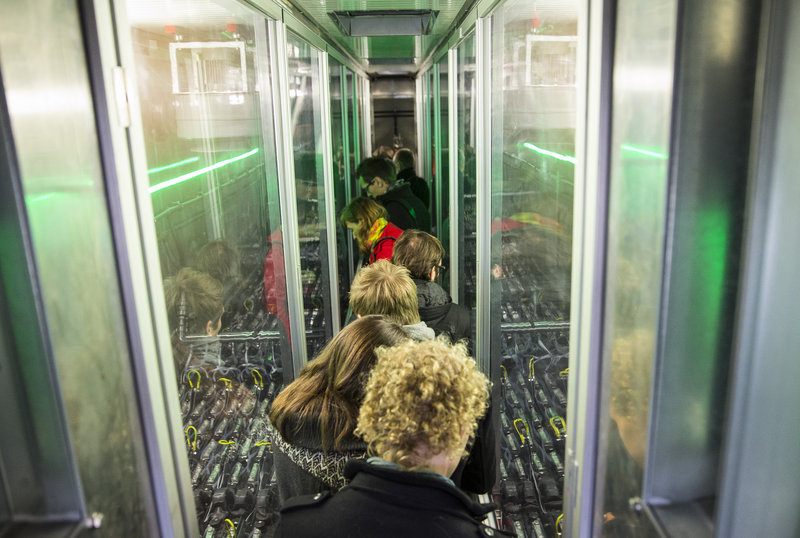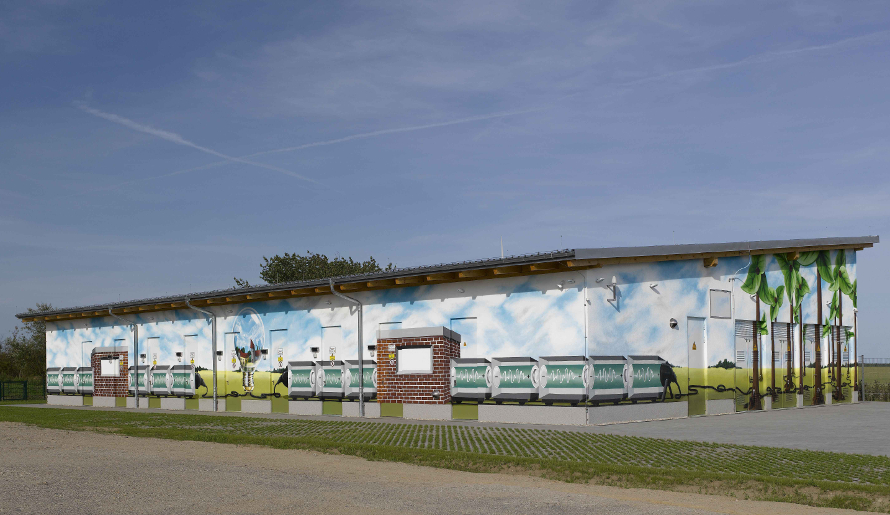Energy storage is, in fact, a very traditional technical solution for driving up the efficiency of every energy network.
This old ‘trick’ of common sense is currently experiencing a revival as a key technology for the transformation of the energy system in the European Union to combat climate change in Europe. EU decision-makers have recognised the key role it can play, integrating it into the EU’s Clean Energy Package (CEP) in some critically important ways. These decision-makers will, prospectively, continue to regard energy storage as important system-integrating technology in the course of developing the EU’s own landmark Green Deal.
Enjoy 12 months of exclusive analysis
- Regular insight and analysis of the industry’s biggest developments
- In-depth interviews with the industry’s leading figures
- Annual digital subscription to the PV Tech Power journal
- Discounts on Solar Media’s portfolio of events, in-person and virtual
First and foremost, the CEP sets a steady foundation for the network integration of energy storage and the further growth of a market for energy storage that is open to all relevant technologies. That is to say: The CEP introduces a definition of energy storage valid for all EU Member States (see Footnote #1).
To date, there exists no precise and appropriate definition for energy storage in Germany. Our organisation, BVES, is the German industry association for energy storage systems. From the very beginning, the BVES has worked hard to see energy storage integrated as the “fourth column of the energy system”.
It’s one simple sentence to sum up the complexity of the otherwise absent definition of energy storage in the field of energy law in Germany – which again is generally a very complex set of legislature in its own right.
Production, consumption, transport – and now storage
Existing energy law in Germany refers to three columns of the energy system: production, consumption and transport. Energy storage is, therefore, by default, mostly (wrongfully) legally defined or described as “producer” or “consumer”.
One major effect of this is that energy storage systems are economically disadvantaged due to the so-called “double charges”, fees and/or taxes. This legal gap must finally be filled by 2021 at the latest, when the Clean Energy Package legislation needs to be implemented by all Member States – including a Europe-wide definition of energy storage.
The BVES promotes a swift implementation of the CEP into national law. The EU definition for energy storage must be a breakthrough for the energy storage industry and an effective means of combating market distortion and discrimination.
The CEP contains other goodies, that is to say, more benefits, for Europe’s energy storage industries too (see also the European Association for Storage of Energy’s article in the Energy-Storage.news / PV Tech POWER Energy Storage Special Report 2019).
The support for prosumers (see Article 15 EU Directive on Common Rules for the Internal Market in Electricity (MDD) and Article 21 (Renewable Energy Directive II (RED II))) or energy communities (Recitals 43 – 47, Article 16 and Article 38(2) (MDD) or Recitals 26, 70, 71, Article 2(16) and Article 22 (RED II)) are two further good examples with potential to better harness and utilise the capabilities of energy storage for the continent’s transition towards carbon-neutrality.

The EU decision to relieve “active customers” with energy storage facilities from double fees i.e. paying twice when ‘producing’ and when ‘consuming’ from the grid, when providing network services, was strongly pushed for by the BVES. We will be further thankful when under the CEP, active consumers will be able to generate, store and use electricity without requiring bureaucratic effort and red tape, charges or levies in every EU Member State.
Enabling all “citizens [to] temporarily and easily form citizen energy communities and trade energy freely and flexibly among themselves” is the 10th claim of the “BVES Theses for a Decarbonised, Safe and Secure Energy System in 2030”. It is also promoted by the CEP.
Generally, the EU’s approach highlights the notion that the grid is infrastructure existing for the benefit of end consumsers – not an ‘end’ in itself. A position of the BVES that is contained in the 10 theses of the BVES, and in particular the 6th thesis: “The energy regulations end at the grid transfer point: The citizen (prosumer/industry) decides whether and how he/she dimensions and operates his/her own energy and heat supply.”
While EU decision-makers presently work on the next major step for more climate protection in the energy and elsewhere, with the EU Green Deal, they can build upon a good basis for the energy transition with the CEP. In the current political processes for creating the EU Green Deal, BVES continues to work hard, moving energy storage forward to play an important role as trans-technological and trans-sectoral flexibility to comfortably and painlessly achieve truly ambitious goals in CO2 emission reduction.
#1: According to Article 2 (47) in the EU directive on common rules for the internal market in electricity (MDD), “'energy storage' means, in the electricity system, deferring the final use of electricity to a later moment than when it was generated or the conversion of electrical energy into a form of energy which can be stored, the storing of that energy, and the subsequent reconversion of that energy back into electrical energy or use as another energy carrier.”


